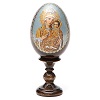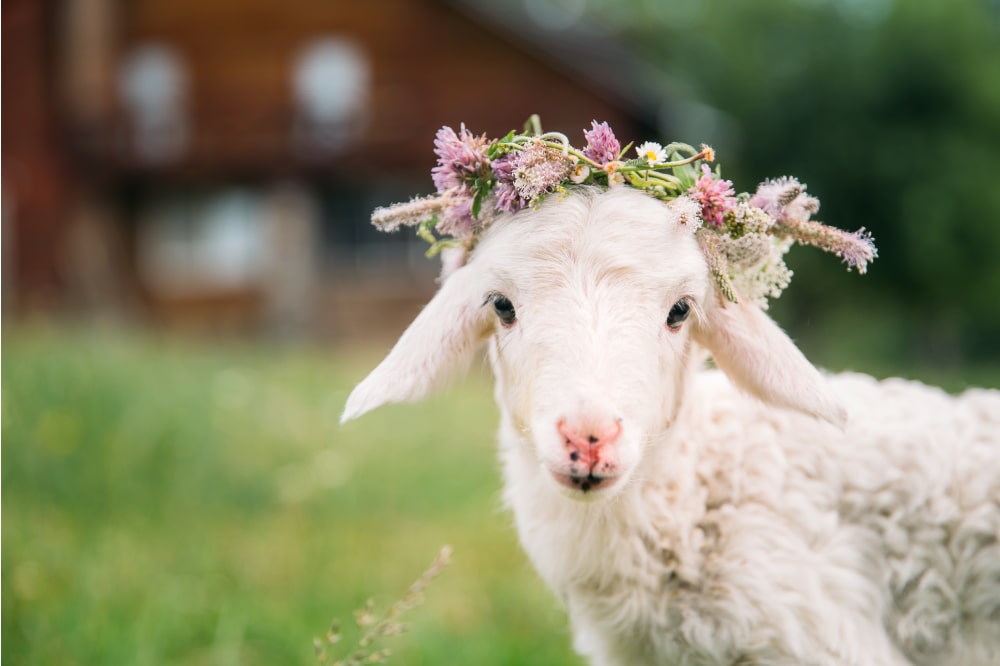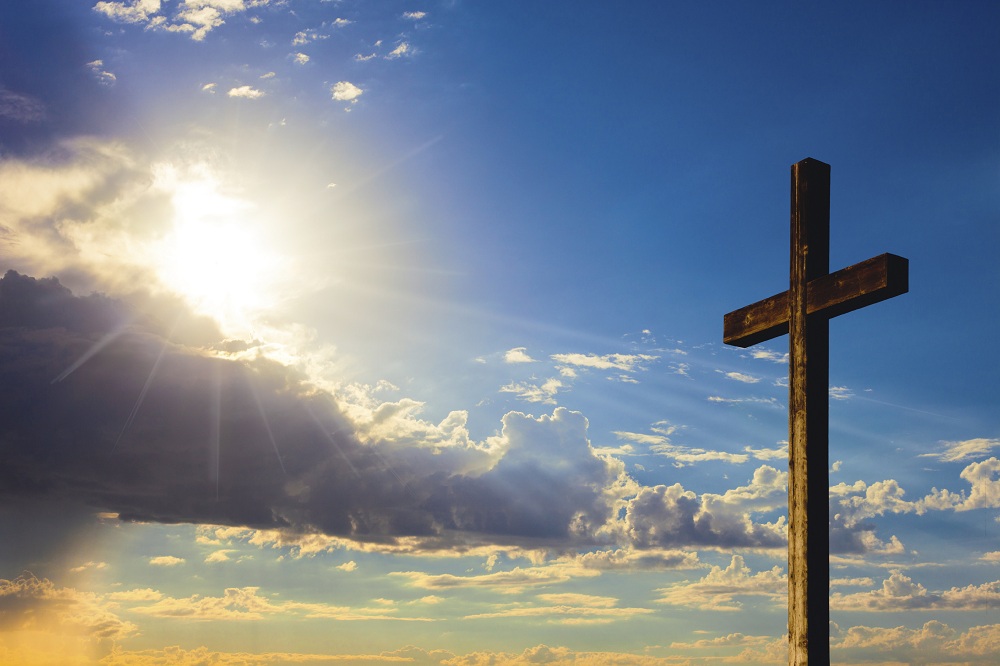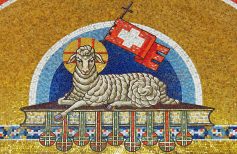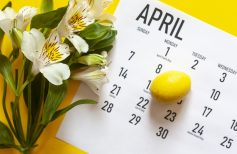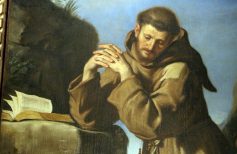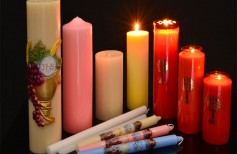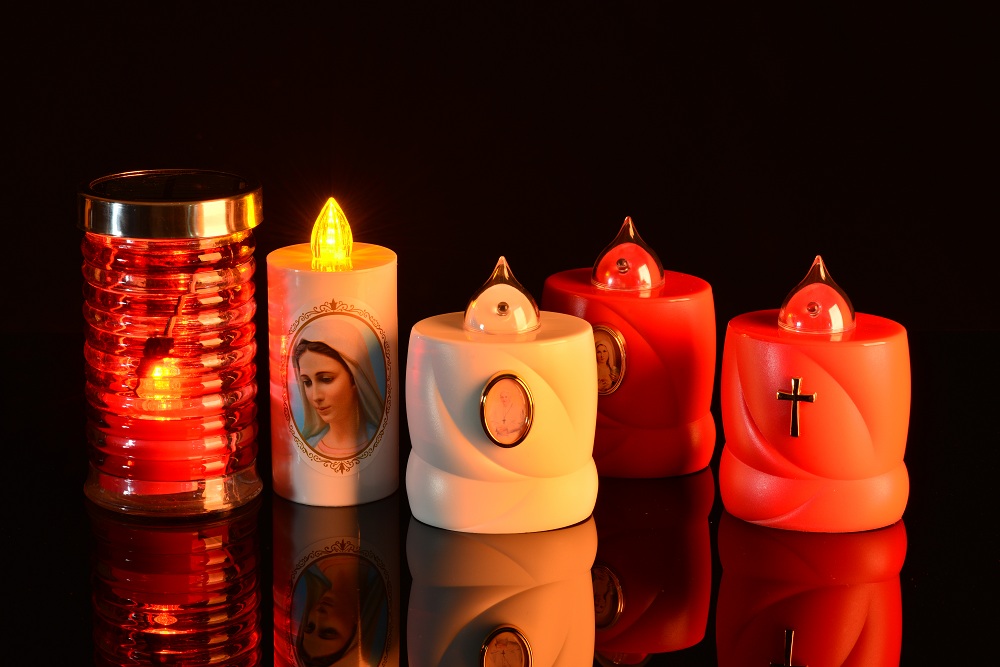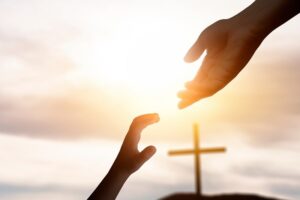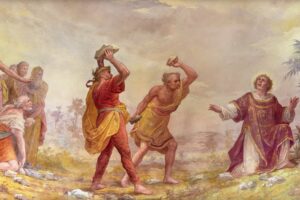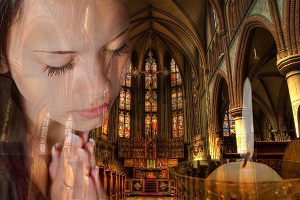Doves, rabbits, lambs: as animals and other elements of the natural world become symbols of Easter
Contents
Men have always reflected themselves in the world around them. How can it be otherwise? Since Creation, humanity has been closely connected to the natural world in which it lives, immersed in a world made up of immense and infinitesimal lives, all irreparably interconnected. The fact that in the modern world this aspect of the existence of the individual and mankind as a whole is increasingly ignored and forgotten does not make it any less real. Indeed, it is to be feared that this inexorable departure of man from nature, of which he too is a part, this ever deeper and irreconcilable abyss, will bring ever more frightening results. It was not so in the past. Although there has always been a relationship between men and the natural world based, in large part, on the will of the former to dominate and control the latter, exploiting the resources for their livelihood and learning to defend themselves from its pitfalls, there was indeed a form of mutual respect. In this scenario, the spirituality of men also found itself in natural manifestations, and animals became a way to understand and make accessible all religious concepts and events that would otherwise remain inaccessible to most. It is starting from this assumption that we can understand how and why plants and animals have become, over the centuries, symbols of Easter, but also of Christmas and, more generally, have been associated with particular Saints, with Our Lady, with Jesus himself.
So we see a quick roundup of Easter animals, creatures often close to men, such as the lamb, hen and farmyard animals, but also wildlife, such as the cardinal, and even the lion.
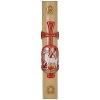
The lamb in Easter
Perhaps the most classic of the symbols of Christian Easter is if we think of the animal world. And also one of the most unfortunate animals, considering the end that many lambs make every year on this anniversary. It must be said that, although it has always been considered the sacrificial victim par excellence, long before it became a symbol of Jesus who died to cleanse humanity from sin, the slaughter of lambs that takes place today on the occasion of Easter has very little to do with religion and spirituality. The meaning of the lamb at Easter goes far beyond eating it at lunch!

The symbolism of the Easter Lamb
Easter is getting closer, carrying its solemn suggestions and symbols full of spirituality. The Easter Cross, candles, lamb.
Already in the Jewish sphere this white and fluffy animal, a symbol of purity and whiteness, innocence and meekness, was often used for sacrifices. This is because in the past it was normal to offer the gods what was most beautiful and pure, as a gift. The Jewish Passover, which evoked the escape of the Jews from slavery in Egypt, saw the lamb among its protagonists: in fact, it was with the blood of this very sweet creature that Moses had instructed his companions to dirty the doorposts, to save their firstborn from the terrible passage of the Angel of Death.

How is Easter calculated?
Each year changes date but remains the most important holiday: in this article, you will find out how Easter is calculated
After the advent of Jesus, this gracious and tender animal became the symbol of Easter par excellence, a sort of incarnation, to the point that for many centuries after His death it was in this form that He was represented, like a lamb with its body pierced by a cross. Subsequently, this iconography was abandoned, because it lent itself too much to any pagan interpretations, and remained in some devotional forms, such as the Agnus Dei, an object of blessed devotion with a special rite made of white wax, imprinted with the effigy of the paschal lamb curled on the book of Revelation and with a banner with the cross between the legs to symbolise Christ. The recurring formula in these representations is: “Ecce agnus Dei, qui tollit peccata mundi (behold the Lamb of God who takes away sins from the world” (John 1:29)., the words spoken by John the Baptist at the sight of Jesus.
The Lamb at Easter, as a symbol of Jesus who takes upon himself all the sins of the world and dies on the cross, is tormented by those same men whom he came to save. But after death the Resurrection and glory in Heaven, and the promise of salvation for those who choose to follow him who is innocent and pure and good.
Easter Bunnies
As for tenderness and sweetness, even bunnies and hares hold up plenty. Associated in the ancient religions to divinities linked to fertility and fertility, but also to love, as Aphrodite, and to the moon. An ancient Japanese fable tells that the hare, betrayed by its fox and monkey friends and fed to a foreigner, was transformed by the latter into a shining star and immortalised. Even the Celts often resorted to this animal in their symbolism. The alpine hare changes the colour of its fur from white to grey when spring comes, and St. Ambrose has associated this change with the Resurrection. Rabbits and hares are innocent and defenceless animals, and many saints have made them protectors against hunters, making them the emblems of cruel persecution. As Easter symbols, they are often associated with eggs, partly for their fertility, which recalls the triumph of life and the Resurrection, but there are ancient legends that, over time, have left traces that justify the link between rabbits and Easter eggs, such as that of the goddess of spring and the Germanic fertility Eostre who turned a bird into a rabbit, then again into a bird, and he out of gratitude gave her an egg.
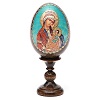
Lion (Lion of Judah)
Even the lion, an animal much further from the daily life of men, has clothed over time a strong Easter symbolism. In the Jewish tradition, Judas, the fourth son of Jacob, founded a tribe whose emblem was The Lion of Judah, which is also called Jesus in the Revelation: “Then one of the elders said to me, ‘Do not weep, for the Lion of the tribe of Judah, the Branch of David, has won to open the book and the seven seals'” (Revelation 5:5).
An expression of courage and strength, of the victory of good over evil, the lion becomes in Christ also a symbol of the Resurrection. Remember that the lion cubs for the first three days seem dead and from the third day they begin to move.
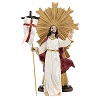
European Goldfinch
Over the centuries, many artists have tried to face the complexity of the Paschal Mystery by enriching their paintings with natural elements that symbolize its different aspects. The Madonna del Cardellino painted by Raffaello Sanzio in 1506 is an example. Easter is told through natural images that are only apparently simple but imbued with profound and ineffable symbolism. St John and the Child Jesus play with a cardinal under the loving gaze of the Virgin Mary. Precisely the bird is the fulcrum of the work, as it represents the Passion of Christ. According to legend, a robin tried to remove a thorn from the crown of the head of Jesus on the cross, and in doing so stained his chest red. Another tradition is that there were three birds: a robin, a finch and a goldfinch. The latter, moreover, takes its name from the thistles, vegetables covered with thorns that recall the same crown.
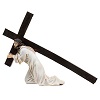
Dove
The Easter dove is also an essential symbol of this holiday, especially when combined with olive branches. Although this graceful white bird was associated with other deities even in pre-Christian times and used in the Old Testament to indicate beauty and meekness, the meaning of the Christian dove is strongly linked to God’s will to communicate His benevolence to men. A dove freed from the Ark brought to Noah the olive branch that informed him of the end of the universal Flood and a new beginning for humanity. When Noah returned, he welcomed the bird with love and gratitude. A dove symbol of peace, therefore, not only between God and man, but also between man and man, and the incarnation of the Holy Spirit in many passages of the Sacred Scriptures.
![]()
The dove in Christian iconography
Even before the birth of Jesus, the dove was considered an animal with a strong symbolic value.
The olive branches are connected to Jesus’ entrance to Jerusalem, amid his triumph and a step away from the Passion. They are also held in the beak by the dove of peace, immortalised by Picasso as a symbol of the Movement for Peace.
Easter Chick
Finally, the symbolism of the egg and the chick that comes from it is perhaps one of the oldest, present in countless cultures and religions since the dawn of time, the protagonist of cosmogonies and myths. For Christians, the egg is a symbol of Christ who rises from the dead and comes out of the tomb by rolling the stone away. The egg, an inert and inanimate object, truly preserves a new life, just as new is the life that Jesus promises to all those who trust and trust in him. The custom of giving eggs on the occasion of Easter is widespread in antiquity. The first Christians decorated them with crosses or other symbols and painted them red to recall the blood of Christ.
